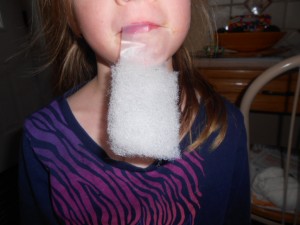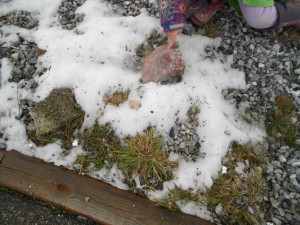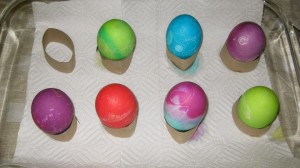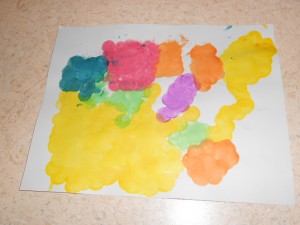Supporting your child to develop important thinking skills and strategies for kindergarten readiness does not mean turning your house into a private school. This can be done while you are doing other things at home or on the go. One valuable learning activity is helping your child learn colors.
 Did you know that asking a child about colors is often included on readiness for kindergarten assessments? It is not so much the colors themselves that are important as what is revealed about how a child learns. Naming a color correctly is surprisingly quite complex.
Did you know that asking a child about colors is often included on readiness for kindergarten assessments? It is not so much the colors themselves that are important as what is revealed about how a child learns. Naming a color correctly is surprisingly quite complex.
Children need to see many examples of all colors so they can gradually sort out which ones belong together in a group. Because each color comes in so very many shades, it’s hard to figure out which ones really do go together. To learn colors, besides knowing the words, children also need to know how to group similar things together and how to compare objects to see if they belong or not. Kids need to do this over and over hundreds of times as they figure it all out. Having fun at the same time makes it easier to learn and to remember.
 Technically not a color, white is still pretty easy to name. Snow is white, what else is white? Cotton balls and tubs are often white. Clouds are white and so are kleenex tissues. As you and your child move around the house or outside, you can play “I Spy with my little eye…” and look for things that are white. Many cars these days are white. Is there anything white on the ground where you live? Looking for white could be an easy and fun winter learning activity.
Technically not a color, white is still pretty easy to name. Snow is white, what else is white? Cotton balls and tubs are often white. Clouds are white and so are kleenex tissues. As you and your child move around the house or outside, you can play “I Spy with my little eye…” and look for things that are white. Many cars these days are white. Is there anything white on the ground where you live? Looking for white could be an easy and fun winter learning activity.
Another activity could be painting on white, but you will need colored paper. You can show your child what happens when a color is added to white, and when white is added to a color. If doing laundry is on the to-do list today, have your little one help you sort all the clothes that are white and all the ones that are other colors. That’s a lesson, even for grownups. Have you ever forgotten the color in a white load lesson?


